Introduction

In the realm of modern dentistry, the Niti coil has emerged as a game-changer, revolutionizing how orthodontic treatments are approached. This innovative material, known for its unique properties and flexibility, plays a crucial role in various dental applications. As practitioners increasingly embrace the advantages of NiTi coil systems, understanding their benefits becomes essential for optimizing patient care.
Understanding Niti Coil in Dentistry
Niti coil, or nickel-titanium coil, is a specialized material widely used in orthodontics due to its remarkable characteristics. Its composition allows it to maintain its shape while providing gentle yet effective force on teeth during alignment processes. By grasping what NiTi means in orthodontics, dental professionals can better appreciate how this material enhances treatment outcomes.
Benefits of Niti Coil Applications
The benefits of using a Niti coil extend beyond mere functionality; they encompass improved patient comfort and treatment efficiency as well. Thanks to its superelastic properties, NiTi coils can exert consistent forces over extended periods without losing effectiveness. Furthermore, they significantly reduce the need for frequent adjustments compared to traditional methods—making them a favorite among both patients and orthodontists.
Overview of Orthodontic Treatment with Niti
When it comes to orthodontic treatment with NiTi coils, understanding their integration into various systems is key to successful outcomes. These coils are often paired with other components like NiTi archwires and open coil springs in orthodontics to achieve optimal results efficiently and effectively. As we delve deeper into this topic, we'll explore what NiTi archwire is and how it complements the overall treatment strategy while comparing it with stainless steel (SS) wire options available today.
What is Niti Coil?
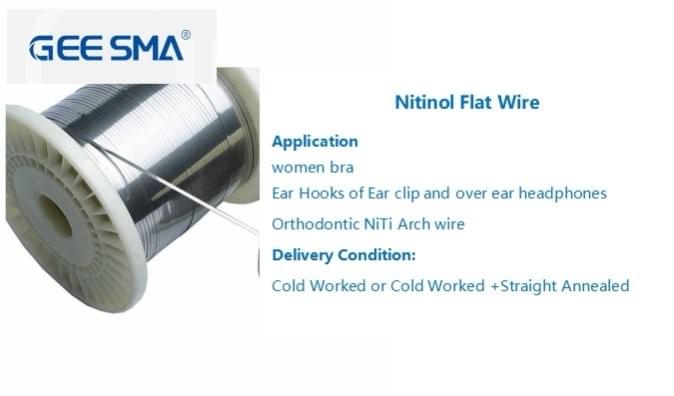
Niti coil, short for nickel-titanium coil, is a fascinating innovation in the field of dentistry, particularly orthodontics. This unique material harnesses the properties of nickel and titanium to create a flexible yet resilient spring that can adapt to various dental applications. Understanding what Niti coil entails is crucial for dental professionals aiming to enhance treatment outcomes.
Definition and Composition
Niti coil is a specialized orthodontic component made from an alloy of nickel and titanium, known for its superelastic properties. This composition allows the coil to return to its original shape after being deformed, making it ideal for various orthodontic applications. The specific ratio of nickel to titanium in Niti coils contributes significantly to their unique characteristics, which are essential for effective tooth movement.
Key Characteristics of Niti Coil
One of the standout features of Niti coil is its superelasticity, which enables it to exert a consistent force over an extended period without significant deformation. Additionally, Niti coils are biocompatible, reducing the risk of allergic reactions in patients—a critical consideration in dental treatments. Their lightweight nature combined with excellent fatigue resistance means that they can maintain effectiveness throughout lengthy orthodontic procedures.
Common Uses in Dental Practices
In dental practices, Niti coils serve several purposes ranging from space maintenance to assisting in tooth alignment during orthodontic treatment. They are commonly used alongside other components like NiTi archwires and open coil springs in orthodontics to create complex movements with precision and comfort for patients. Their versatility makes them indispensable tools in modern dentistry aimed at enhancing patient experiences while achieving optimal results.
What is NiTi Archwire?

NiTi archwires are a game-changer in the world of orthodontics, taking center stage for their unique properties and capabilities. These wires are made from a nickel-titanium alloy, which gives them their name and allows them to perform exceptionally well in various orthodontic applications. Understanding what NiTi archwire is can help clinicians make informed decisions in treatment planning.
Overview of NiTi Archwire
NiTi archwires are characterized by their remarkable flexibility and ability to return to their original shape after deformation, thanks to the unique properties of the nickel-titanium alloy. This means that they can apply consistent forces on teeth over time, making them ideal for gradual tooth movement during orthodontic treatments. In essence, what is NiTi archwire? It’s an essential tool that enhances both efficacy and comfort in dental practices.
Advantages Over Traditional Wires
When comparing NiTi wire with traditional stainless steel (SS) wires, several advantages come into play that make NiTi a preferred choice for many orthodontists. One significant benefit is its superelasticity; this characteristic allows the wire to exert gentle yet continuous force on teeth without causing discomfort, unlike SS wires which may deliver harsher forces. Additionally, NiTi archwires resist corrosion better than traditional options, ensuring longevity and improved oral health outcomes.
Role in Orthodontic Treatments
The role of NiTi archwire in orthodontic treatments cannot be overstated; it plays a pivotal part in achieving desired outcomes efficiently. By utilizing these wires early in treatment plans, practitioners can take advantage of their gentle force application to align teeth effectively while minimizing patient discomfort—what does NiTi mean in orthodontics? It signifies innovation aimed at enhancing patient experiences during their dental journeys. Furthermore, when combined with open coil springs in orthodontics, these archwires optimize space management and tooth movement strategies.
What is NiTi Used For?
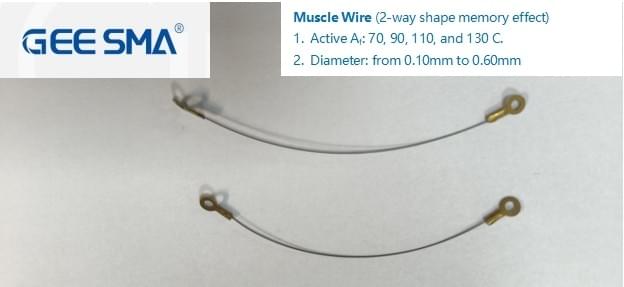
NiTi, or nickel-titanium, is a versatile material that has found its way into various dental applications, particularly in orthodontics. Its unique properties make it a go-to choice for many orthodontic treatments. Understanding what NiTi is used for can greatly enhance treatment outcomes and patient experience.
Applications in Orthodontics
One of the primary uses of NiTi in orthodontics is in the form of NiTi archwire. What is NiTi archwire? It’s a flexible wire that can exert continuous, gentle forces on teeth to guide them into proper alignment over time. This application allows for efficient tooth movement while minimizing discomfort—a win-win for both patients and practitioners.
Another significant application of NiTi in orthodontics includes the use of open coil springs. These devices work seamlessly with Niti coil systems to create space between teeth, which can be crucial during various stages of treatment. The adaptability and functionality of these components demonstrate just how integral NiTi has become within modern orthodontic practices.
Other Dental Uses of NiTi
Beyond its role in orthodontics, NiTi also finds applications in other areas of dentistry. For instance, it’s commonly used in endodontics for root canal procedures due to its excellent flexibility and resistance to fracture. This makes it ideal for navigating the complex anatomy of root canals while ensuring effective cleaning and shaping.
Moreover, NiTi instruments are increasingly being utilized in restorative dentistry as well as periodontics. Their durability and performance under stress make them suitable for tasks that require precision and reliability—qualities every dentist looks for when performing intricate procedures.
Enhancing Patient Comfort with NiTi
When considering patient comfort during dental treatments, what does NiTi mean in orthodontics? The answer lies largely in its ability to provide constant force without significant discomfort compared to traditional materials like stainless steel (SS) wire. Patients often report less pain and fewer emergency visits due to breakage or adjustments when using devices made from Niti coil.
Additionally, the flexible nature of NiTi allows for more efficient tooth movement without excessive pressure on the gums or surrounding tissues—factors that contribute significantly to an overall comfortable experience during orthodontic treatment. Ultimately, enhancing patient comfort not only improves satisfaction but also encourages compliance with treatment plans.
Understanding NiTi in Orthodontics
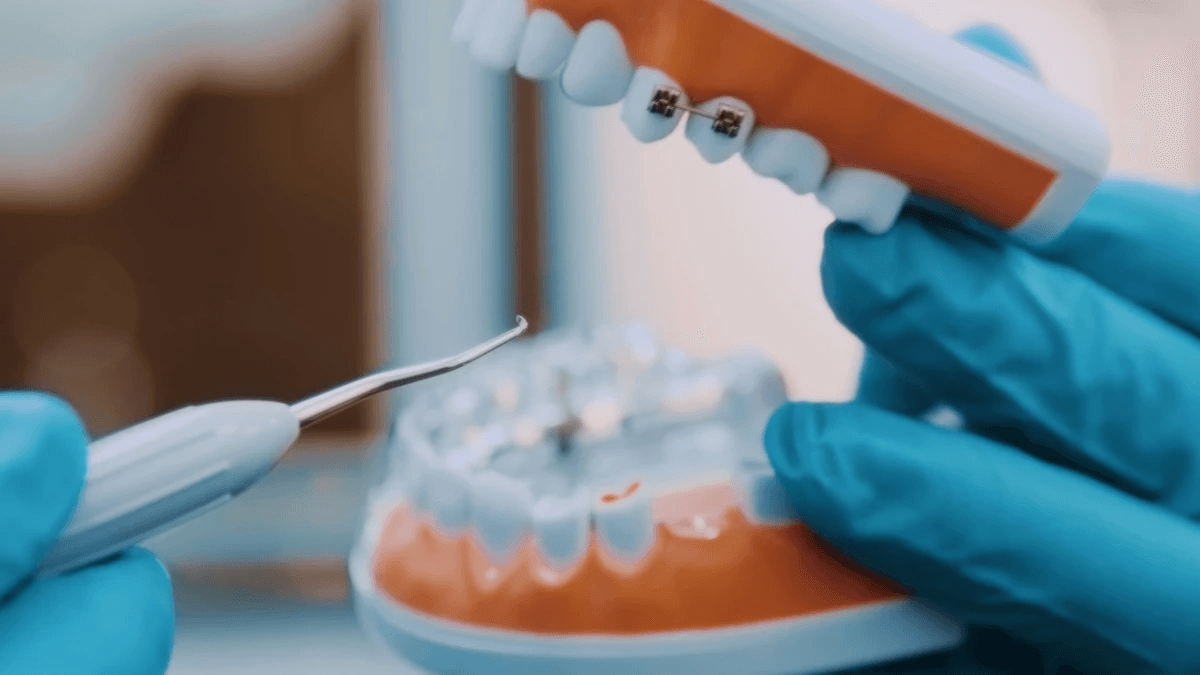
NiTi, or Nickel Titanium, has become a cornerstone in modern orthodontics, particularly due to its unique properties that enhance treatment outcomes. When we talk about NiTi in orthodontics, we're referring to materials like the NiTi coil and NiTi archwire that are pivotal for achieving precise tooth movement. The flexibility and memory characteristics of these materials make them indispensable tools for orthodontists aiming for optimal results.
What Does NiTi Mean in Orthodontics?
In the realm of orthodontics, NiTi stands for Nickel Titanium, a material known for its remarkable elasticity and shape memory. This means that when a NiTi coil or archwire is bent or deformed, it can return to its original shape when heated above a certain temperature. This property is crucial because it allows practitioners to apply consistent forces over time without needing constant adjustments—a game-changer in long-term patient care.
Impact on Treatment Efficiency
The introduction of NiTi coils and archwires significantly impacts treatment efficiency by reducing the number of appointments required for adjustments. With their ability to maintain consistent force levels throughout the treatment process, patients experience smoother transitions and less discomfort. Moreover, this efficiency translates into shorter overall treatment times—who wouldn’t want that?
Comparison with Other Materials
When comparing NiTi wire with traditional stainless steel (SS) wire, it's essential to weigh their pros and cons carefully. While SS wires are known for their strength and durability, they lack the flexibility offered by NiTi coils and archwires—making them less suitable for certain complex cases. Ultimately, choosing between these materials depends on specific patient needs; however, many practitioners find themselves leaning towards NiTi due to its superior performance in various scenarios.
Comparing NiTi Wire and SS Wire
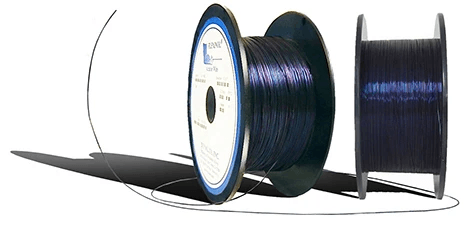
The debate between NiTi wire and SS wire in orthodontics is akin to choosing between a luxury sedan and a sturdy pickup truck; both serve their purpose but excel in different areas. NiTi, or nickel-titanium, wire is known for its flexibility and ability to maintain shape, making it a popular choice for various orthodontic applications. On the other hand, SS, or stainless steel wire, offers strength and rigidity that can be beneficial in certain treatment scenarios.
Which is Better NiTi Wire or SS Wire?
Determining whether NiTi wire or SS wire is better depends largely on the specific treatment needs of the patient. If you're looking for a material that provides gentle forces over time while accommodating tooth movement, then NiTi might be your go-to option. However, if immediate force application and durability are paramount, especially during initial stages of treatment, SS wire could take the lead.
Pros and Cons of Each Material
NiTi coil has numerous advantages that make it appealing: it's resistant to deformation, offers excellent elasticity, and can provide continuous gentle force—ideal for gradual tooth movement. However, it may be less effective in situations where significant force is required right away. Conversely, while SS wire boasts superior strength and can handle heavy forces efficiently—making it great for anchorage—it lacks some of the flexibility that makes NiTi so user-friendly.
Choosing the Right Wire for Your Practice
Selecting between NiTi coil and stainless steel requires careful consideration of patient needs as well as your practice's capabilities. For instance, if you're dealing with complex cases requiring precise control over tooth movement—a situation where understanding what does NiTi mean in orthodontics becomes crucial—NiTi may be more suitable. Ultimately, blending both materials at different stages of treatment can often yield the best results; think of it as using an open coil spring in orthodontics to optimize efficiency throughout various phases.
The Role of Open Coil Spring in Orthodontics
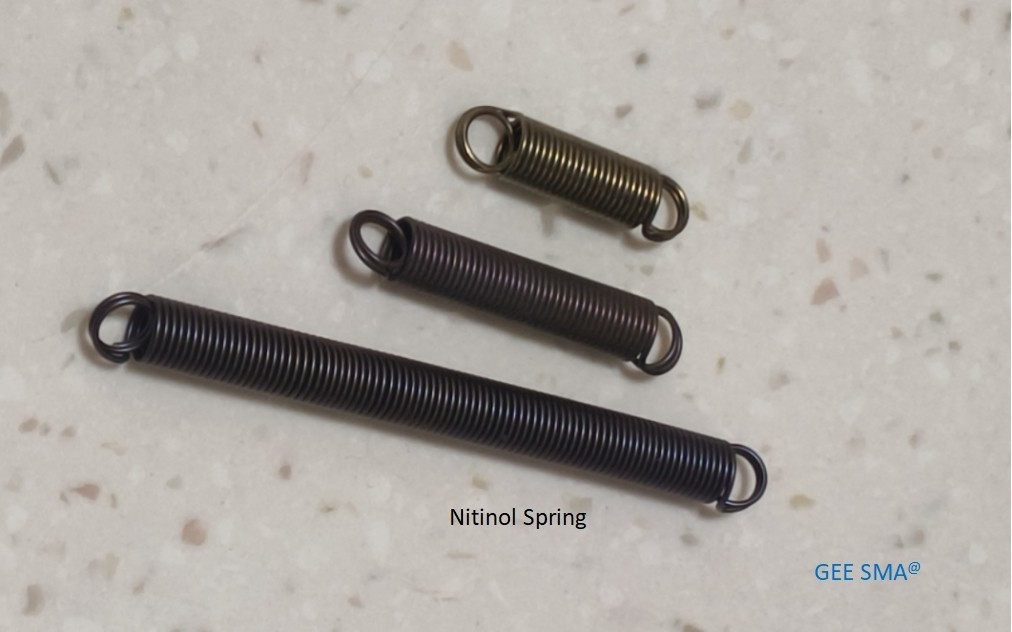
When it comes to orthodontic treatments, the open coil spring plays a pivotal role in facilitating tooth movement and creating space. This innovative device is designed to provide continuous force on teeth, making it an essential component of many orthodontic systems, including those that utilize Niti coil technology. Understanding how open coil springs function can help practitioners optimize their treatment plans and enhance patient outcomes.
Definition and Functionality
An open coil spring is a type of orthodontic appliance made from elastic materials that allow for controlled tooth movement through the application of gentle forces. Typically placed between brackets on an archwire, these springs are designed to expand or contract based on the desired movement, helping to create space for crowded teeth or maintain space after extractions. The functionality of open coil springs is particularly advantageous when used in conjunction with NiTi archwire, as they work together to achieve efficient results.
Integration with Niti Coil Systems
Integrating open coil springs with Niti coil systems enhances the overall effectiveness of orthodontic treatments. Since NiTi coils exhibit unique properties such as shape memory and superelasticity, they can adapt to changes in force requirements during treatment without losing their effectiveness. This synergy allows for more precise control over tooth movements while maintaining patient comfort—an aspect that every practitioner aims for when considering what NiTi is used for in their practice.
Advantages in Treatment Planning
The advantages of incorporating open coil springs into treatment planning cannot be overstated; they provide flexibility and adaptability that traditional methods may lack. By effectively using these springs alongside NiTi coils, orthodontists can streamline the process of realigning teeth while minimizing discomfort for patients—addressing one common concern about which is better: NiTi wire or SS wire? Additionally, the ability to customize treatment plans based on individual patient needs makes open coil springs a valuable asset in modern orthodontics.
Conclusion
In the realm of dentistry, particularly orthodontics, the significance of the Niti coil cannot be overstated. This innovative material has revolutionized how dental professionals approach treatment, providing enhanced comfort and efficiency for patients. As we look ahead, it’s clear that understanding what NiTi archwire is and its applications will continue to shape orthodontic practices.
Why Niti Coil Matters in Dentistry
Niti coil is a game-changer in orthodontics due to its unique properties that allow for gentle yet effective tooth movement. The flexibility and memory characteristics of NiTi make it ideal for various applications, from aligning teeth to creating space with open coil spring in orthodontics. By incorporating Niti into treatment plans, dentists can achieve results that are not only effective but also more comfortable for patients.
The question often arises: what is NiTi used for? Its versatility extends beyond just braces; it plays a crucial role in various dental procedures. The integration of Niti coils into everyday practice exemplifies why they matter so much—it’s all about improving patient outcomes while maintaining high standards of care.
Future Trends in Niti Coil Technology
Looking forward, advancements in Niti coil technology promise exciting developments that could further enhance orthodontic treatments. Innovations might include improved alloys or coatings that increase durability and reduce friction during tooth movement. Additionally, as research continues to explore what does NiTi mean in orthodontics, we may see new applications emerge that redefine current practices.
The ongoing evolution suggests a future where NiTi wire becomes even more integral to personalized treatment plans tailored to individual patient needs. With an increasing focus on efficiency and comfort, the demand for materials like NiTi is likely to grow significantly within the industry. It's an exciting time for both practitioners and patients alike as these trends unfold.
GEE SMA's Contribution to Niti Innovations
GEE SMA has been at the forefront of innovations surrounding Niti coils and their applications in dentistry. Their commitment to research and development has led to breakthroughs that enhance both performance and patient satisfaction when using what is NiTi used for? With a focus on quality materials, GEE SMA ensures that dental professionals have access to cutting-edge solutions designed specifically for modern orthodontic challenges.
By addressing questions like which is better—NiTi wire or SS wire—GEE SMA provides insights into material selection tailored to specific clinical scenarios. Their contributions not only influence current practices but also pave the way for future advancements in how we think about dental materials overall. As they continue pushing boundaries, GEE SMA exemplifies how innovation can lead us toward a brighter future in dentistry.

